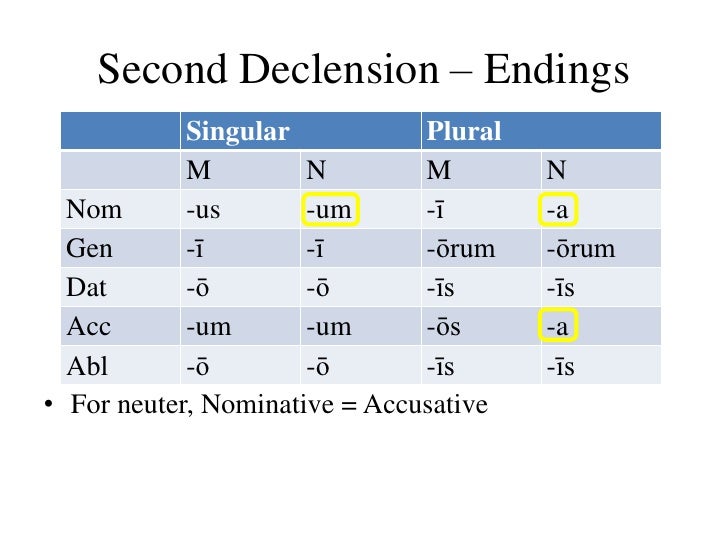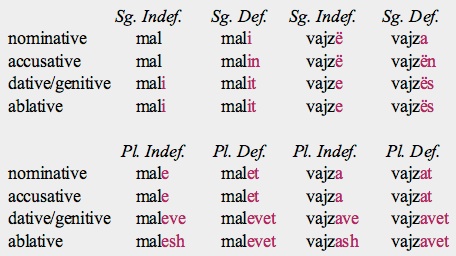

Note that the two genitive constructions in English (using "of" and "'s") are not synonymous. pl.)įor example, the English so-called " Saxon genitive" (the " 's" modifier, as in "John's father" or "the King of Spain's house").

Hindi is similar, using the postpositions kā/kē/kī (का / के / की), which agree in case, gender and number with the head noun, e.g.il-wālidēn bitūʕ Yaḥyā "John's parents".il-wālida b(i)tāʕit Yaḥyā "John's mother".il-wālid bitāʕ Yaḥyā "John's father" ( Yaḥyā is Arabic for "John").In Egyptian Arabic, for example, the word bitāʕ "of" agrees with the head noun (masculine bitāʕ, feminine bitāʕit, plural bitūʕ), e.g.

In such cases it shades into the " his genitive" (see below). In some languages, the linking word agrees in gender and number with the head (sometimes with the dependent, or occasionally with both). The word de in Chinese is not a preposition (for example, Chinese prepositions precede their dependent nouns, just as in English), but rather a special particle with its own syntax (a bit like the "'s" modifier in English). Yuēhàn de fùqīn 约翰的父亲 "John's father", where Yuēhàn means "John" and fùqīn means "father". Mandarin Chinese uses a linking word de 的, e.g."the father of my friend") but Johanns Vater "John's father". der Vater von meinem Freund "My friend's father" (lit. Informal German also prefers a preposition, except with proper names, e.g."the father of John" or "the capital of the nation". English uses the preposition " of" to express many genitival constructions, e.g.

This is common in languages without grammatical case, as well as in some languages with vestigial case systems. Using an adposition or other linking word A similar construction occurs in formal German: das Buch des Mannes "the man's book", where das Buch means "the book" and des Mannes is the genitive case of der Mann "the man". For example, " Cicero's father" is expressed by pater Cicerōnis or Cicerōnis pater, where the dependent noun "Cicero" (Latin Cicerō) is placed in the genitive case (Latin Cicerōnis) and then placed either before or after the head noun ( pater "father"). This is common in languages with grammatical case, e.g. Genitive constructions can be expressed in various ways:īy placing the dependent noun in the genitive case The analogous relationship in head-marking languages is pertensive. For example, in the construction "John's jacket", "jacket" is the head and "John's" is the modifier, expressing a property of the jacket (it is owned by John). In dependent-marking languages, a dependent genitive noun modifies the head by expressing some property of it. A genitive construction involves two nouns, the head (or modified noun) and the dependent (or modifier noun). "John's father" or "the father of John"). "John's jacket"), or some other type of connection (e.g. In grammar, a genitive construction or genitival construction is a type of grammatical construction used to express a relation between two nouns such as the possession of one by another (e.g.


 0 kommentar(er)
0 kommentar(er)
